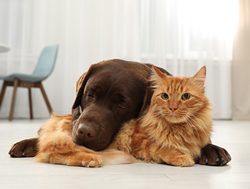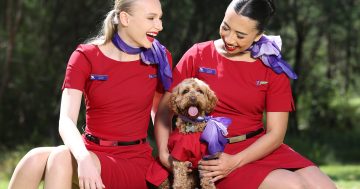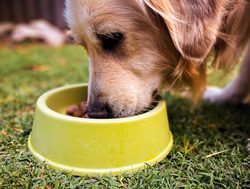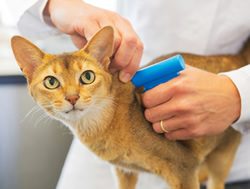Jason Murphy* says new data is pointing to a species preference when it come to caring for pets.
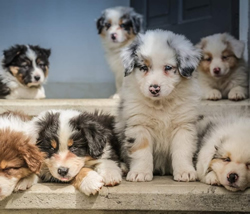 Do we love our dogs more than we love our cats? That’s the hint** given by the latest data from Finder.
Do we love our dogs more than we love our cats? That’s the hint** given by the latest data from Finder.
The comparison website ran a big survey of 451 dog owners and 314 cat owners in May this year and, if you’re a cat, you should probably stop reading because what follows is bad news.
The survey asked the following question: “If your pet was sick or injured, how much would you pay before considering putting it down?“
Canine owners could find more in the kitty than cat owners: Aussies would pay an average of $5,137 to save their dog, but only $3,324 on average to save their cat, the survey showed.
The high cost of a furry friend
Those are big numbers, but the amounts pet owners would part with under the emotional strain of a life-and-death situation would surely be even higher than they reported in the cool, rational scenario of responding to a survey.
Vet bills can be high, and who can say no?
After all, 63 per cent of dog owners consider their pet part of the family, according to a survey by Animal Medicines Australia (the figure for cat owners was 60 per cent – yet more evidence our feline friends may not be quite so beloved as their canine competitors).
Vet expenditure in Australia was estimated at more than $2.6 billion in 2019.
There’s nothing like going to the vet to make you appreciate just how much Medicare and the pharmaceutical benefits scheme do to make medical care more affordable for people.
“Something as simple as your pet eating something they shouldn’t can cost you upwards of $1,300,” Finder insurance guru Gary Hunter said.
“That’s why pet insurance is so important.
“A comprehensive policy could be your saving grace from having to choose between your savings and your furry friend if the worst happens.”
Finding the right pet insurance policy
Choosing wisely is vital in the pet insurance business.
Policies are rife with exclusions.
Back in 2019, consumer group CHOICE handed out one of its “Shonky Awards” to the whole industry.
Things have improved since but there are still traps for the unwary: chronic and pre-existing conditions are not covered unless cured.
“Some policies have conditions where they’ll pay, for example, 100 per cent of the claim when your pet is young – usually as long as they’re aged below eight – but, with some policies and dog breeds, it can be as young as three,” CHOICE said.
“But as your pet ages, this payment can drop to, say, 80 per cent, and you’ll have to foot the rest of the bill.
“This isn’t helpful when you consider that your pet is likely to need more vet care as they grow older.”
What’s more, pet insurance will cost a lot more if your dog is a breed prone to health problems.
The RSPCA warned dog buyers about the risks of buying a pet with “exaggerated features” like short legs or a squashed-in face.
Buyers who go ahead and buy one anyway are likely to be slugged with much higher premiums.
A quick comparison of cover through a major insurance brand showed basic cover for a French bulldog would be $813 a year, while a kelpie would cost $392.
A ragdoll cat, meanwhile, would cost $259 a year.
That’s one reason to love a cat more.
Pet ownership in Australia
It is not known exactly how many dogs and cats there are in Australia – pets were not counted in the national census run last year – but a survey by Animal Medicines Australia in early 2021 estimated 69 per cent of households had a pet.
Around 47 per cent owned a dog (Labrador is the most popular breed) and 30 per cent owned a cat (ragdoll is the most popular pure breed).
Cat owners were more likely to own multiple pets than dog owners.
During COVID, pet-ownership rates skyrocketed.
Pounds were emptied out and the price of purebreds went through the roof, with an estimated 1 million more dogs brought into Australian homes.
That’s a lot of love, and a lot of people who might want pet insurance.
Victoria has realised it needs up-to-date data on just how many pets are out there.
The state Budget put aside $610,000 for a proper pet census in 2022/23.
“The pet census will help us ensure we’re best supporting our furry friends and their owners with the services they need,” Victorian Agriculture Minister Mary-Anne Thomas said.
**Of course, the numbers may not speak only about the pure love elicited by a pair of puppy dog eyes.
Cat owners may be more likely to live in apartments, while dog owners may be more likely to live in larger homes.
And ownership rates may themselves be correlated with financial well-being, so some of the difference revealed in the survey may be related to household budgets.
*Jason Murphy, is a freelance economics writer.
This article first appeared at au.finance.yahoo.com



